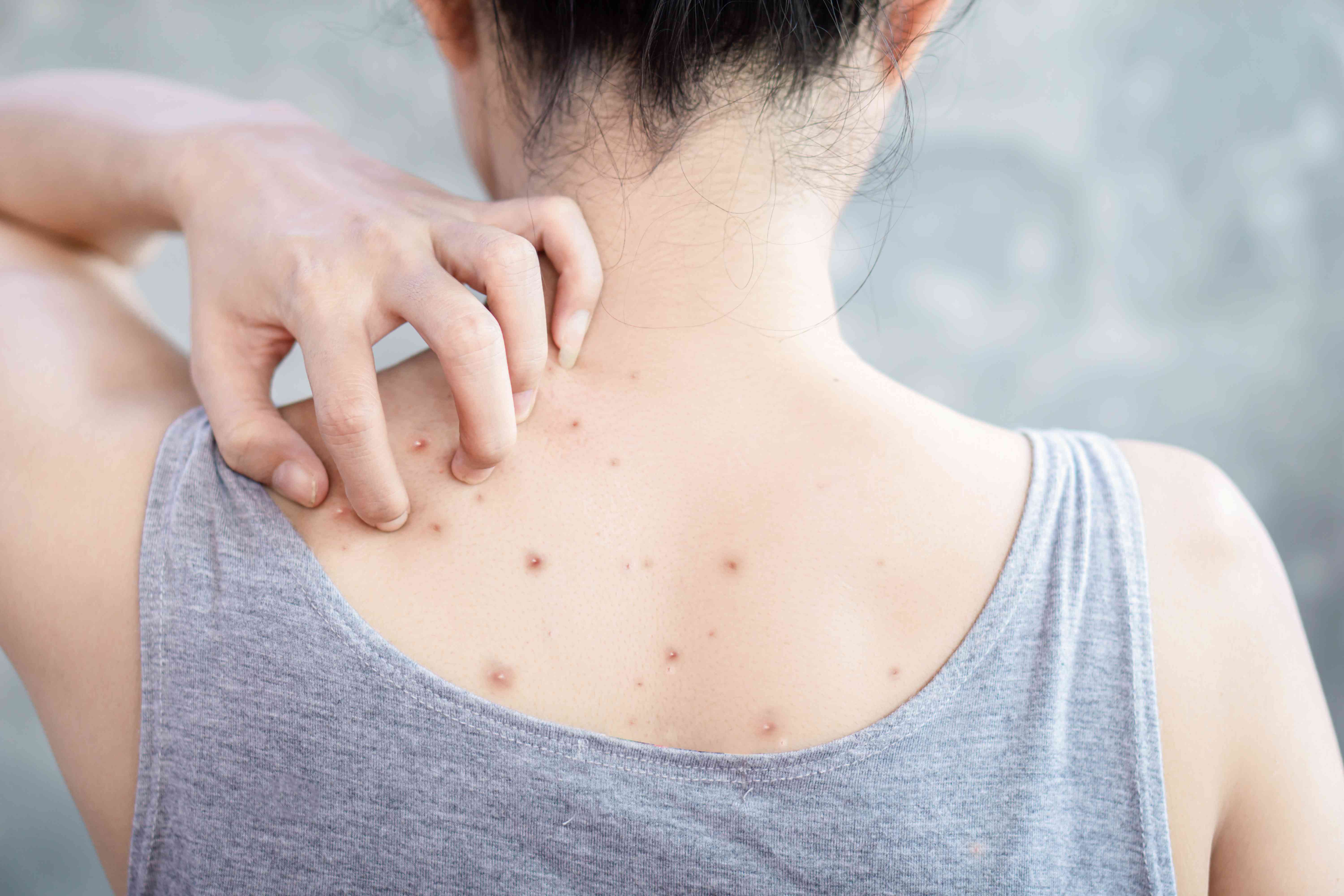Pillowcases and Body Acne: Can They Really Be Connected?
As a beautician, navigating the labyrinth of skin issues is part of the job. Among these, the elusive relationship between pillowcases and body acne stands out. The inquiry into whether something as innocuous as a pillowcase could be influencing your client's skin is compelling and pressing.
Most people would not naturally think of their bedding as a potential cause of skin irritation or acne. However, emerging evidence suggests that the right choice of pillowcase material can be a game-changer in managing or even alleviating body acne.

Why Pillowcases Are Under Scrutiny
One might ask, 'How does a piece of fabric relate to acne?' It turns out, the type of pillowcase fabric you rest on for several hours each night plays a crucial role in skin health. The natural oils, sweat, and dead skin cells we shed accumulate on pillowcases, potentially activating acne breakouts. Dermatologists and skin specialists frequently highlight this under-discussed trigger as part of a holistic approach to managing acne.
Furthermore, it is essential to differentiate between *clean* and actual cleanliness. While many people wash their pillowcases regularly, few consider the fabric type. Materials like cotton might lock in moisture and oil, which are significant culprits in acne formation.
Optimizing Your Pillowcase Material
For skincare professionals, advising clients on fabric choices is now an integral part of a holistic skincare regime. So, what materials are beauty experts recommending?
Silk and Satin
Silk and satin are being tossed into the spotlight as preferable alternatives. Due to their smooth texture, they are less likely to cause friction on the skin, a known aggravator of acne. These fabrics are also less absorbent, meaning they will not suck moisture from your client's skin overnight or harbor as much bacteria.
Frequently Changing Bedding
Regularly changing pillowcases can dramatically impact skin health. Encouraging clients to switch them out 2 to 3 times a week can help significantly. With the right care, pillowcases become a non-issue in the battle against blemishes.
Complementary Solutions for Body Acne
While optimizing pillowcase choice is excellent, it is just one piece of the puzzle. Partnering this advice with other lifestyle adjustments creates a comprehensive skincare routine. From adopting the right skincare routine to addressing sleep habits, tackling acne from multiple fronts is crucial.
One skin offender often overlooked is sleeping position. If you're curious about common issues like but acne caused by sleep habits, explore our additional resources.
Final Thoughts
Advising clients on matters like pillowcases may seem secondary, yet it can have a profound impact on their skin health. Approaching skincare holistically by considering less obvious factors will not only enhance your credibility but also improve your clients' satisfaction.
For more profound insights into how to manage body and facial acne effectively, consult expert resources such as this trusted website.
:max_bytes(150000):strip_icc()/Health-GettyImages-1199366228-68076b11f747454fa13e21aa3f5920b6.jpg)
FAQs
How often should pillowcases be changed to help with acne?
It's recommended to change pillowcases 2 to 3 times a week to minimize bacteria and oil buildup.
What pillowcase materials are best for reducing acne?
Silk and satin pillowcases are preferred due to their smooth texture and ability to reduce friction and bacteria.
Is sleeping position a factor in developing acne?
Yes, sleeping positions can affect areas like the chin and cheeks. Sleeping on your back minimizes direct contact.
This article contains affiliate links. We may earn a commission at no extra cost to you.

